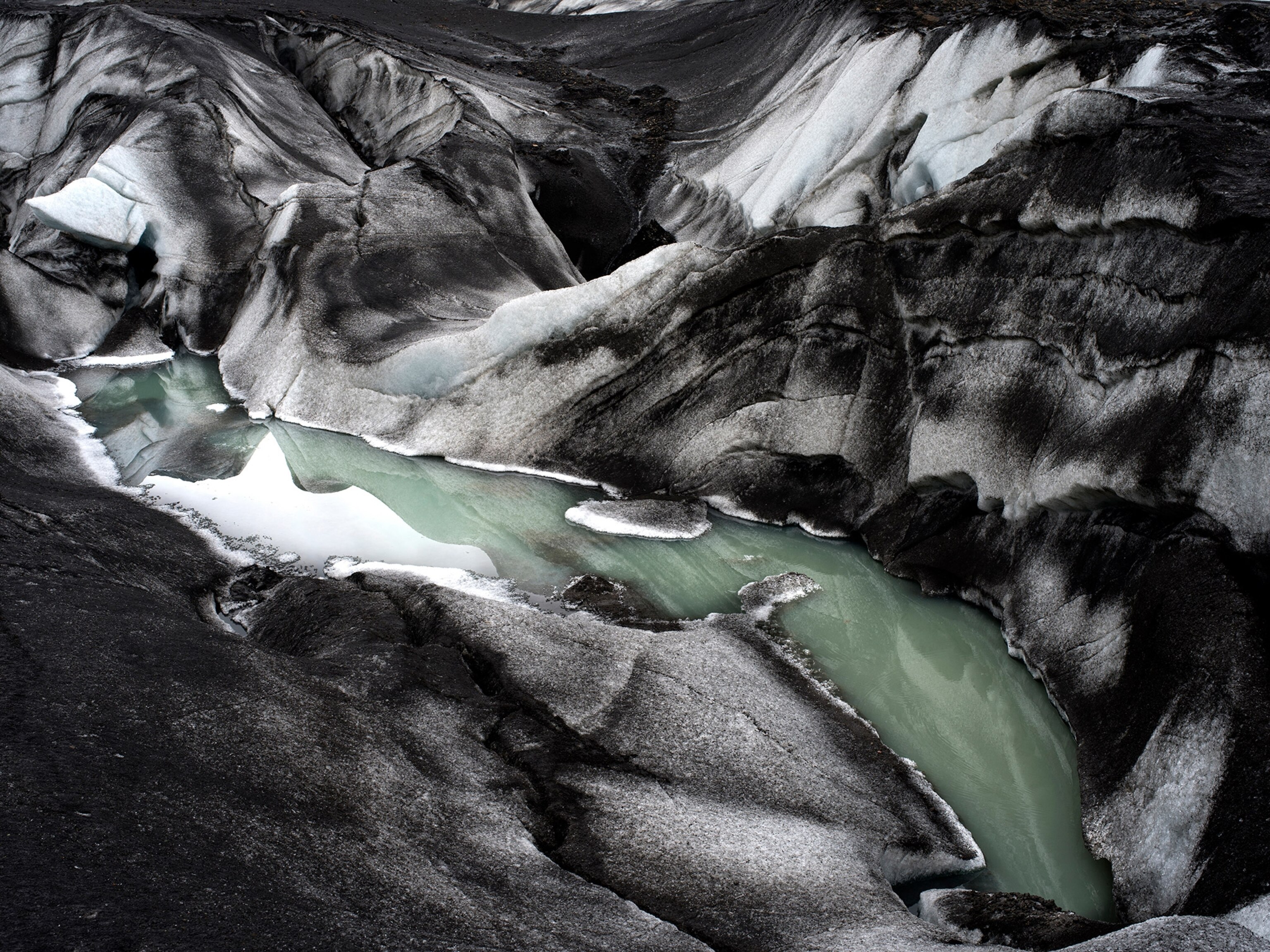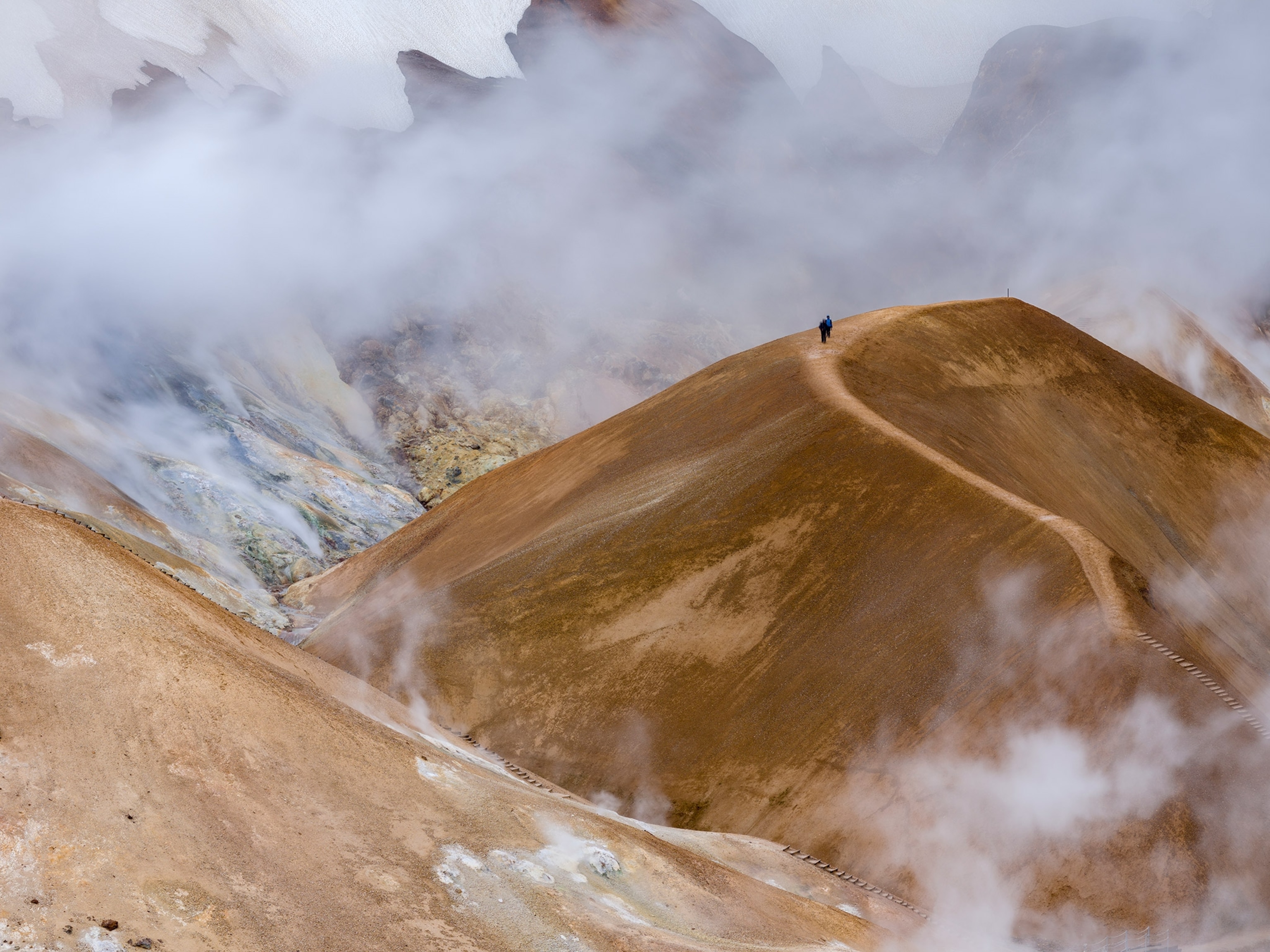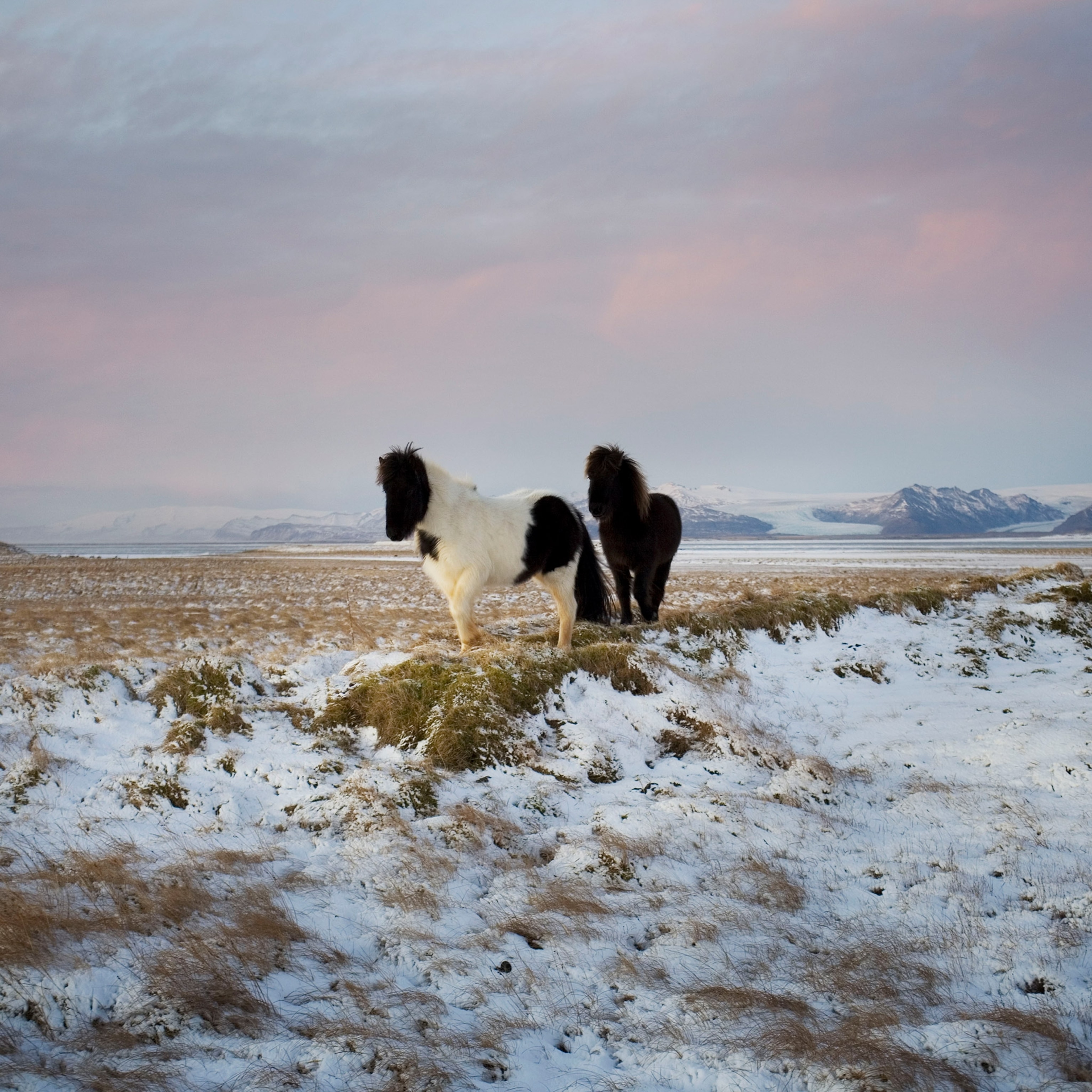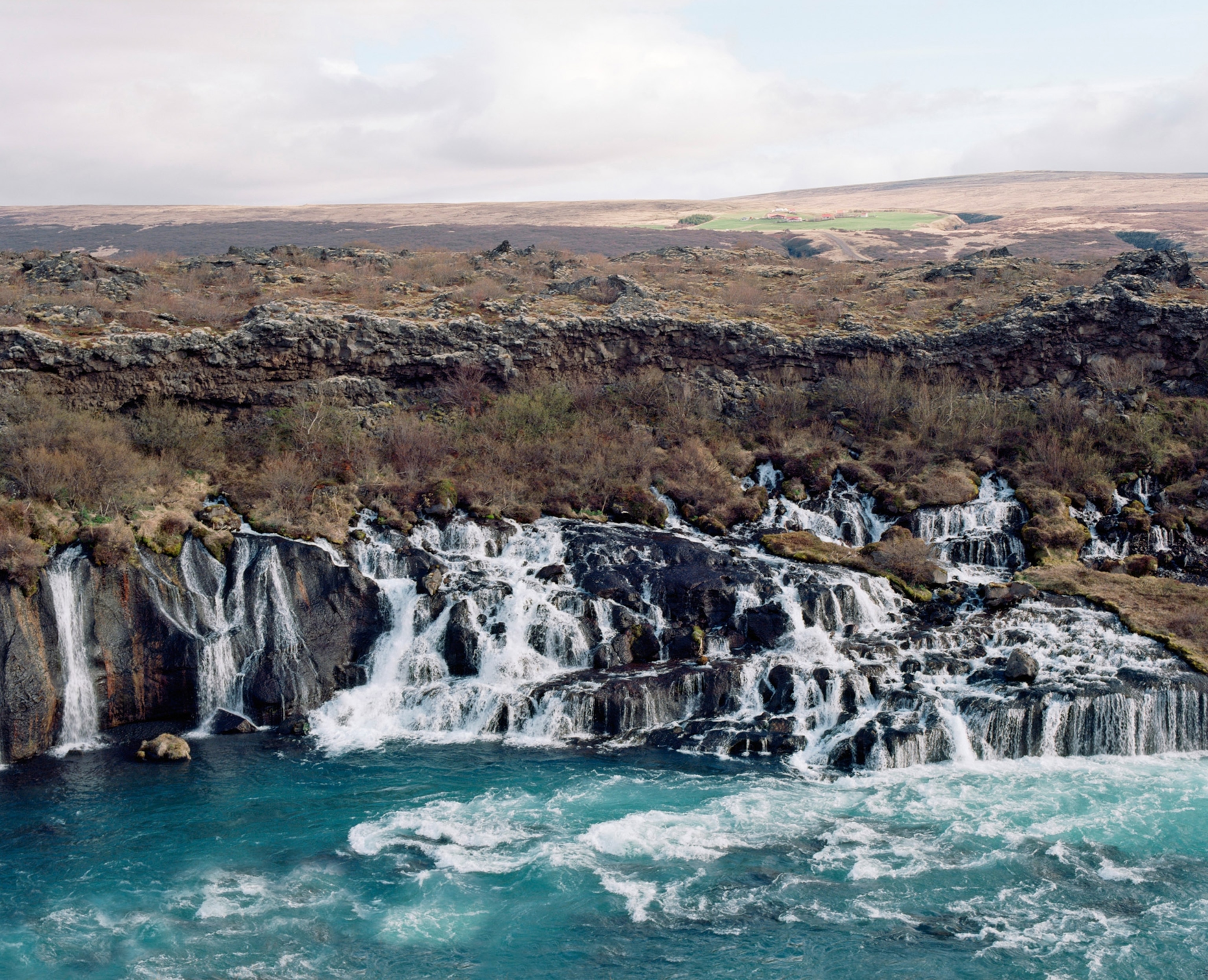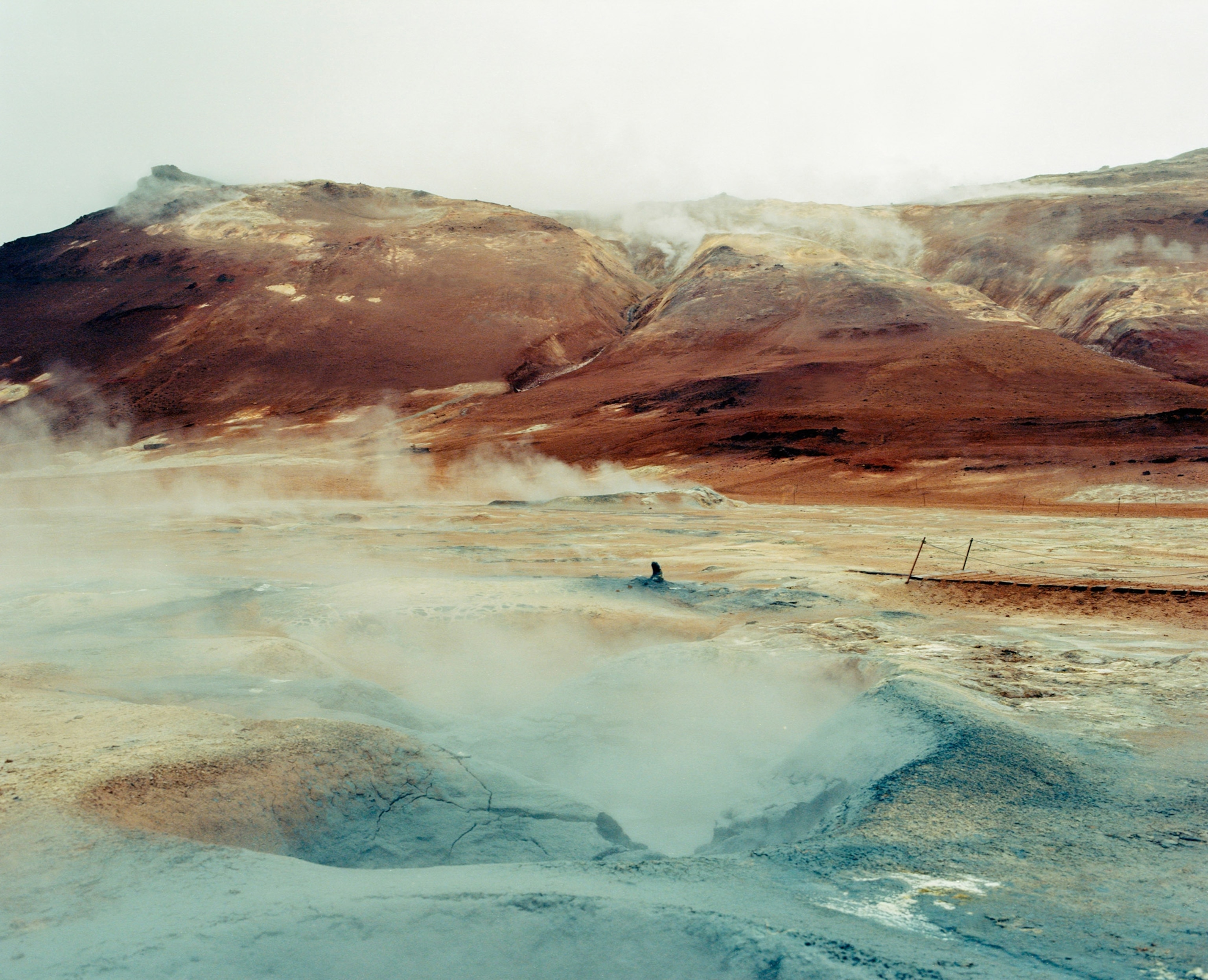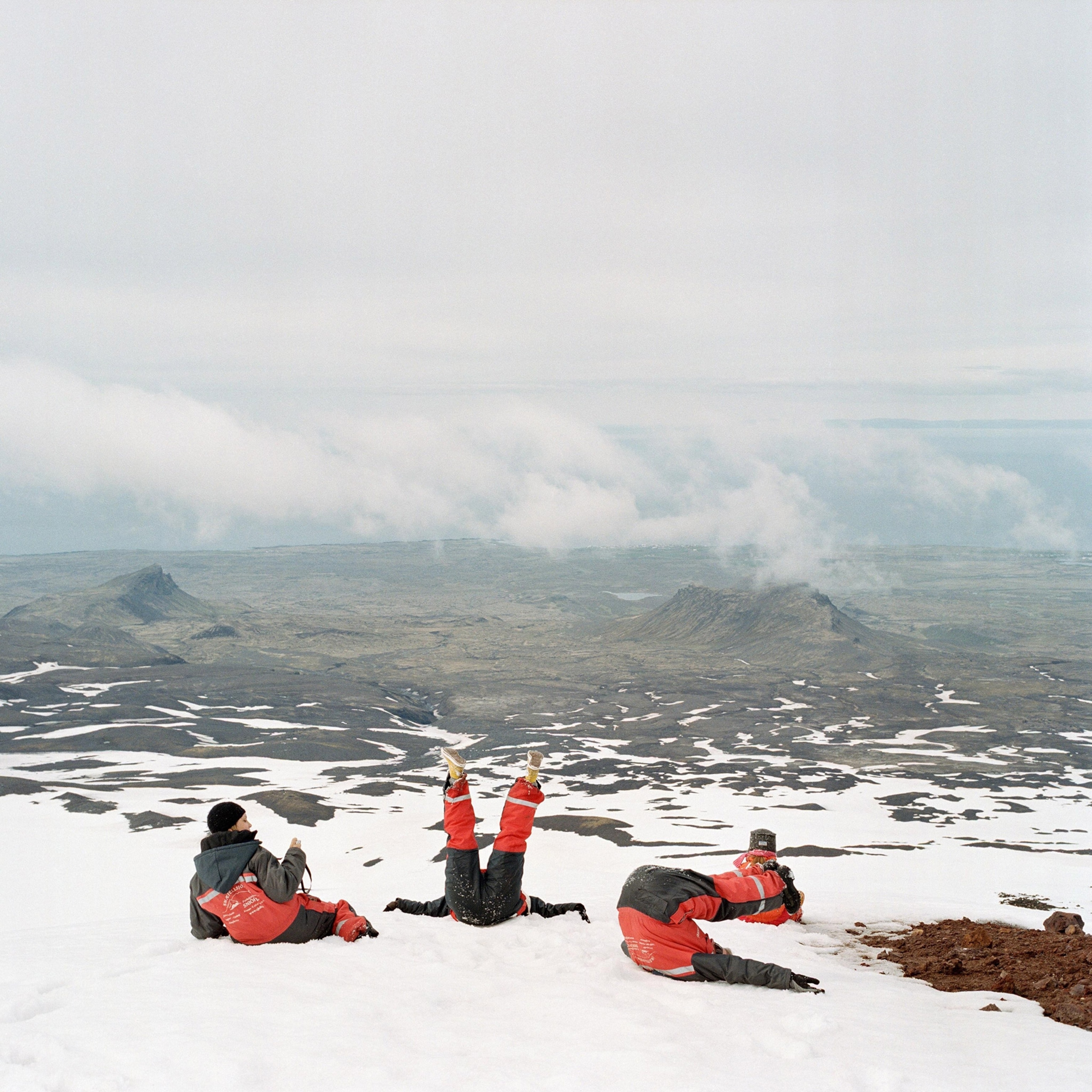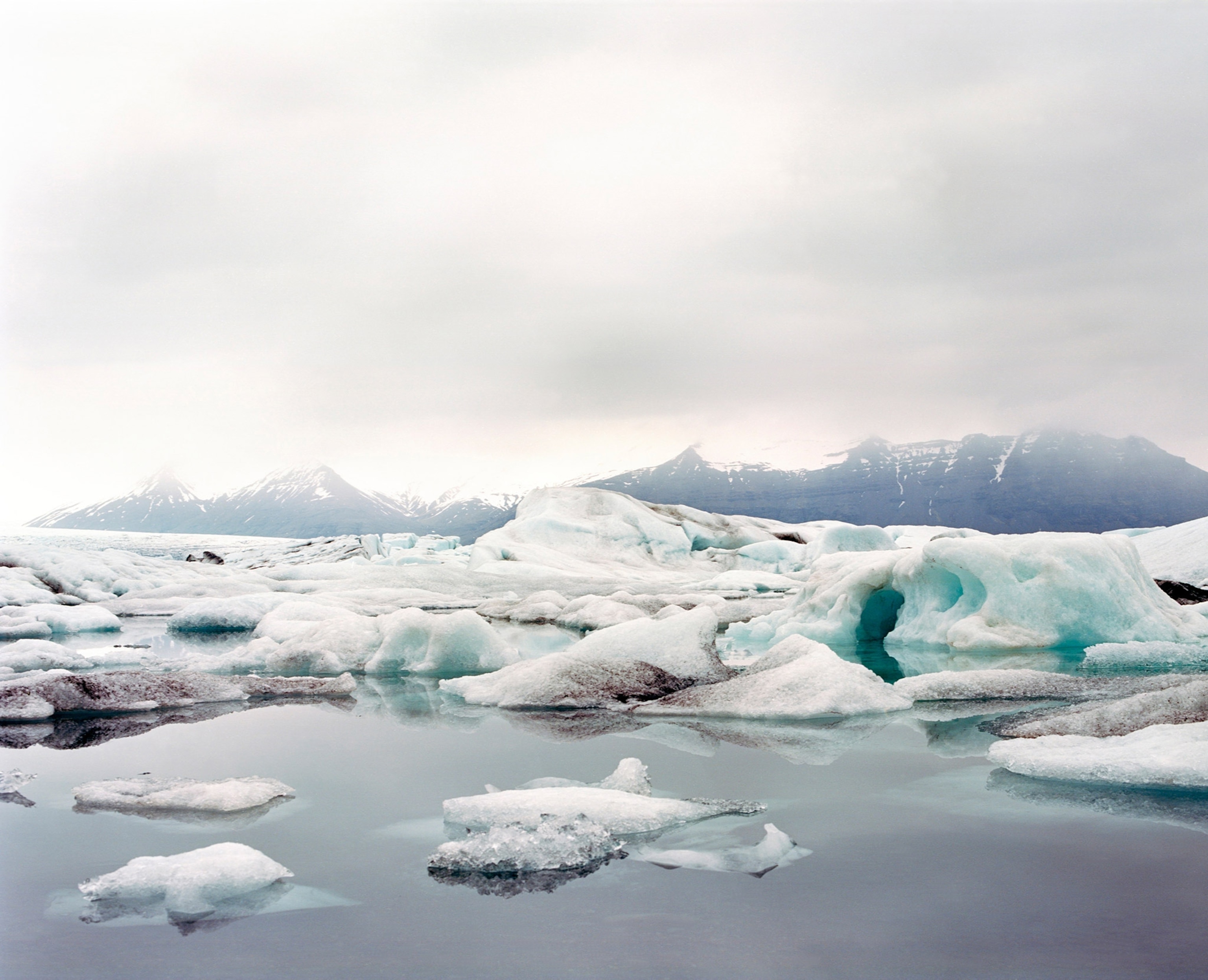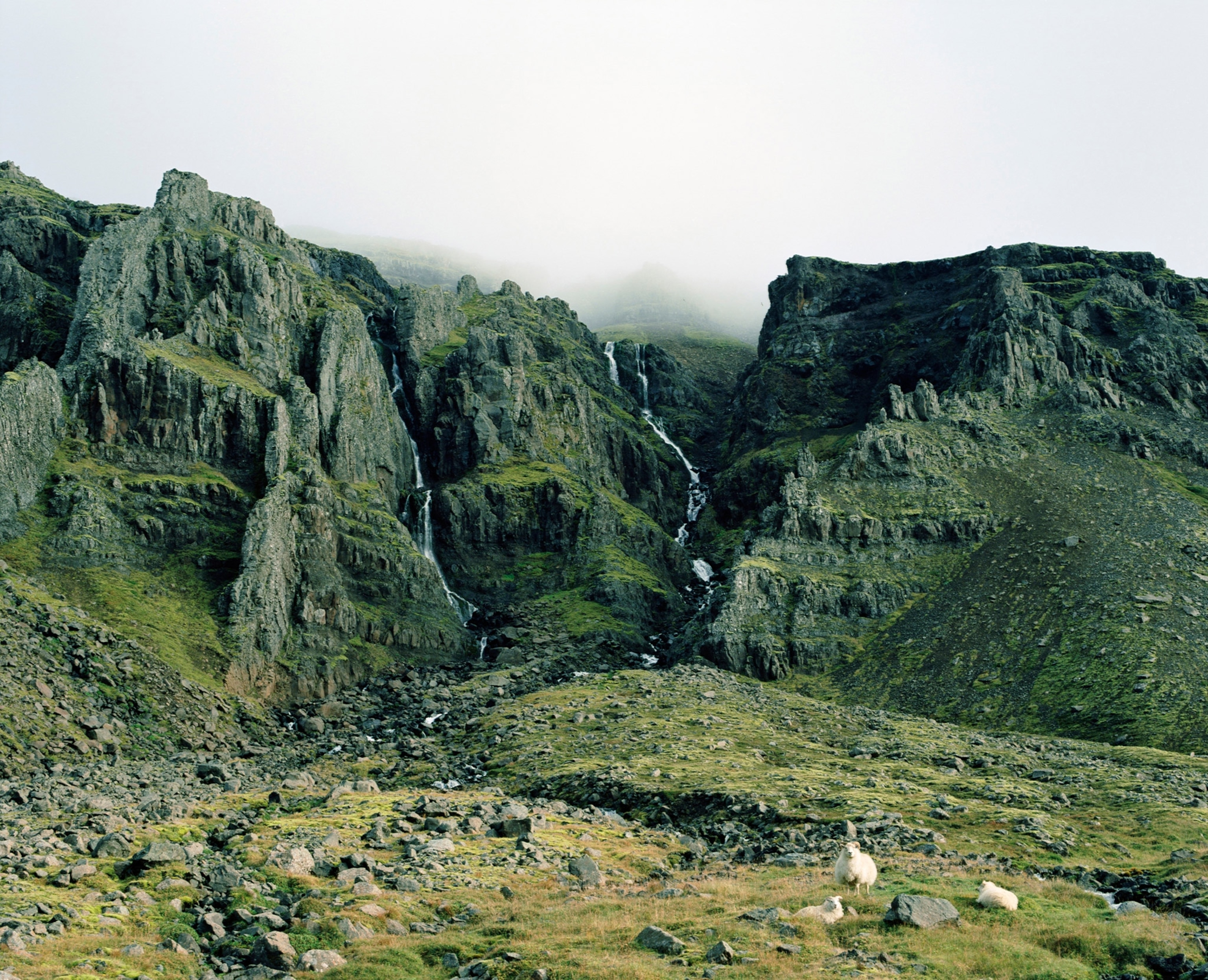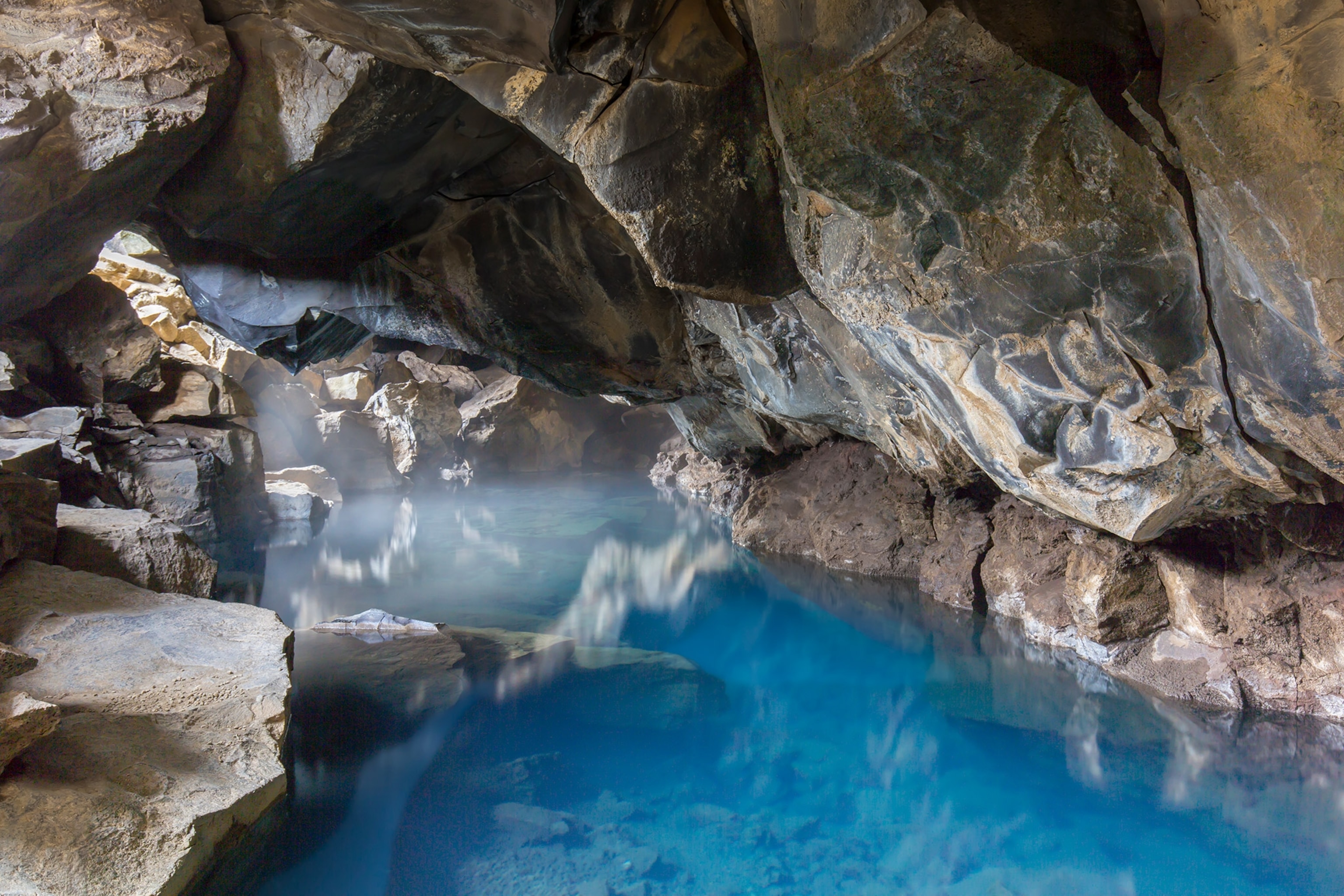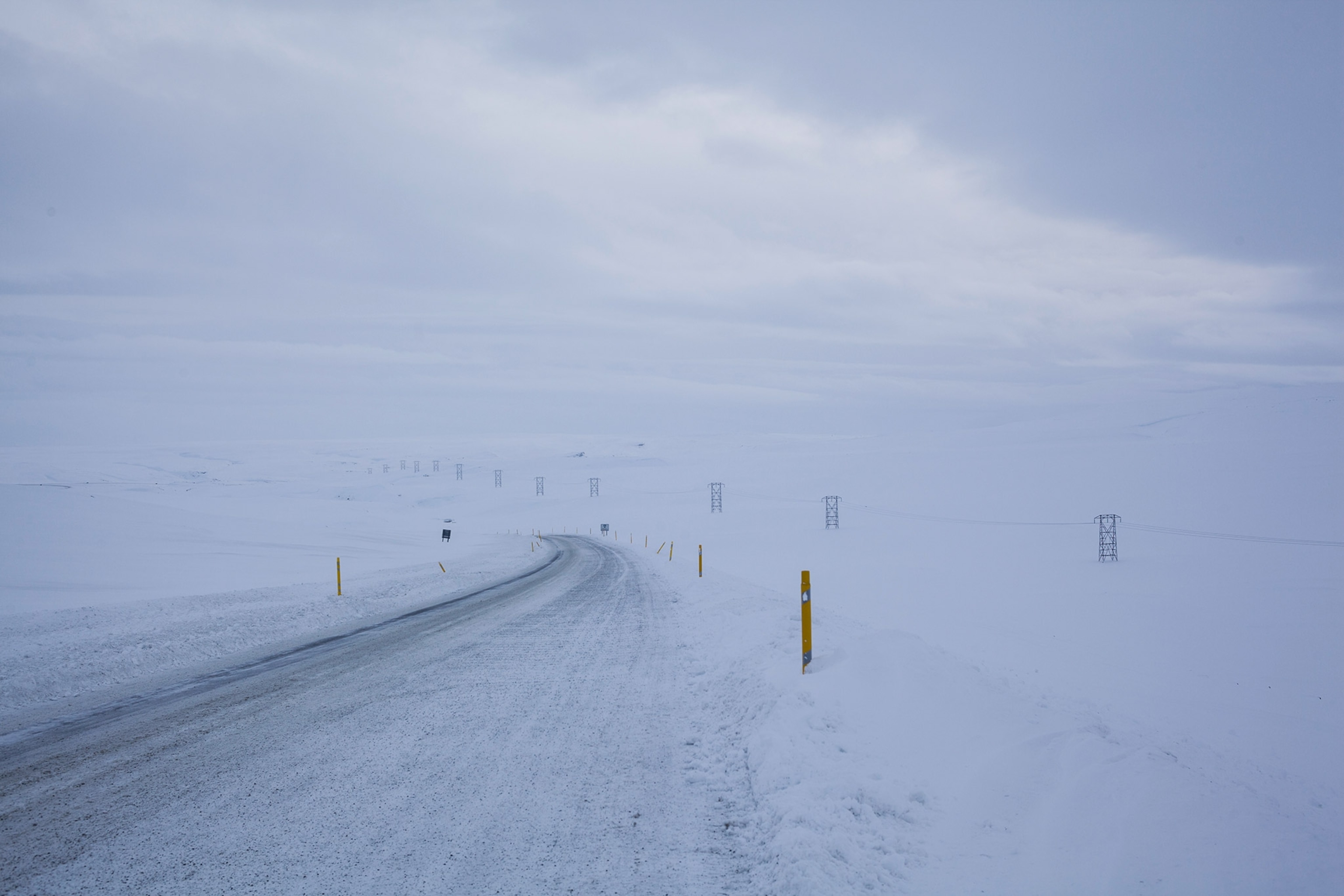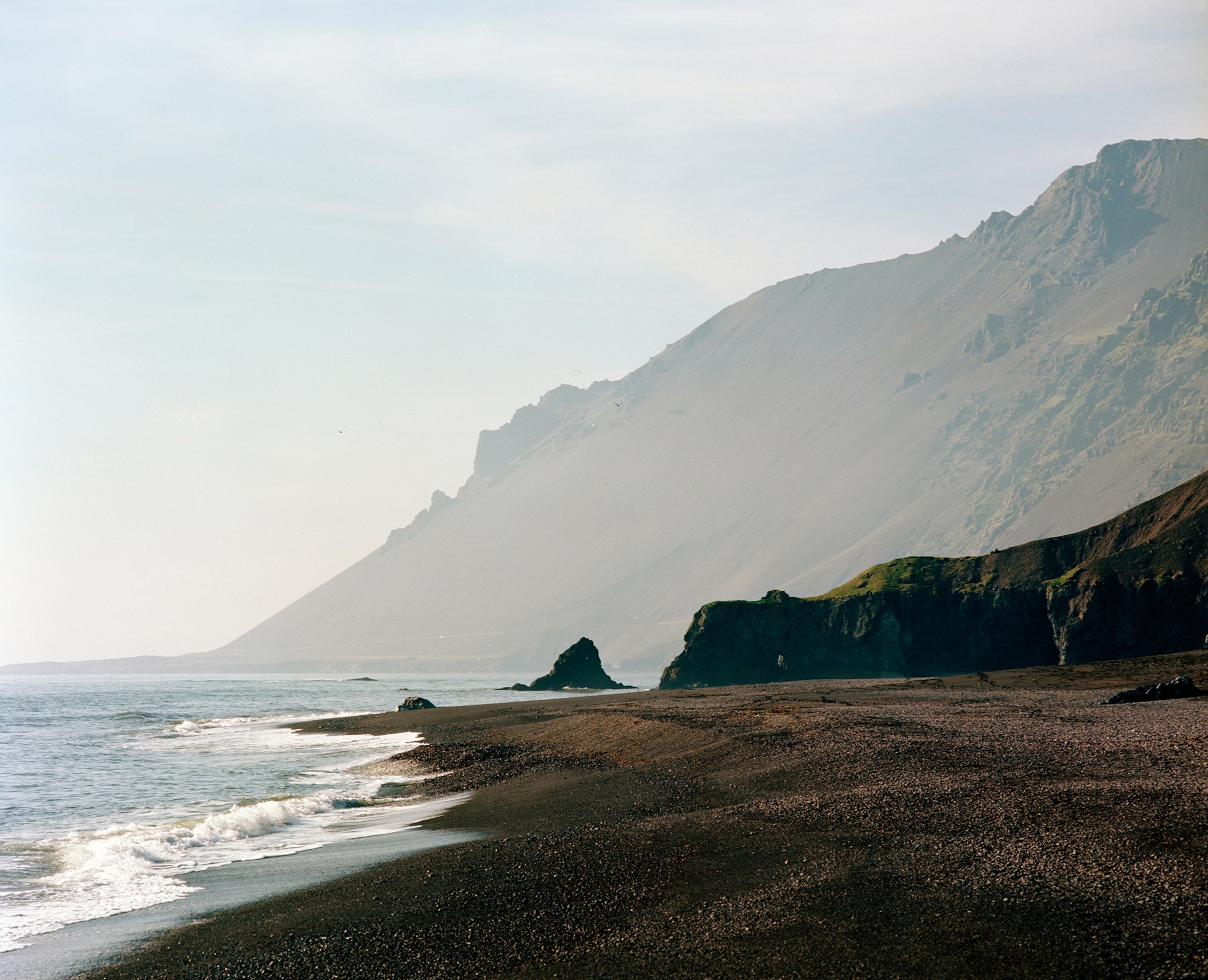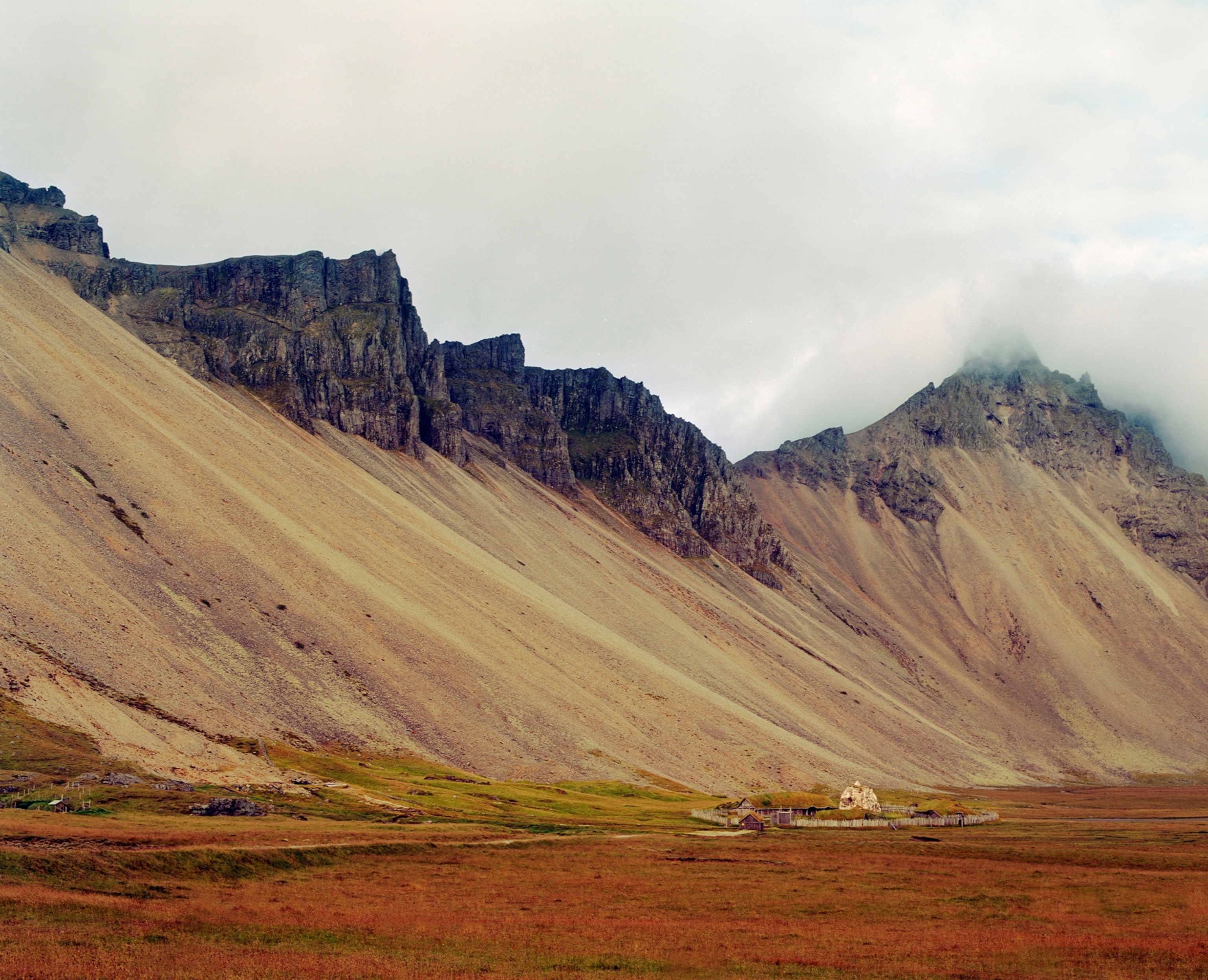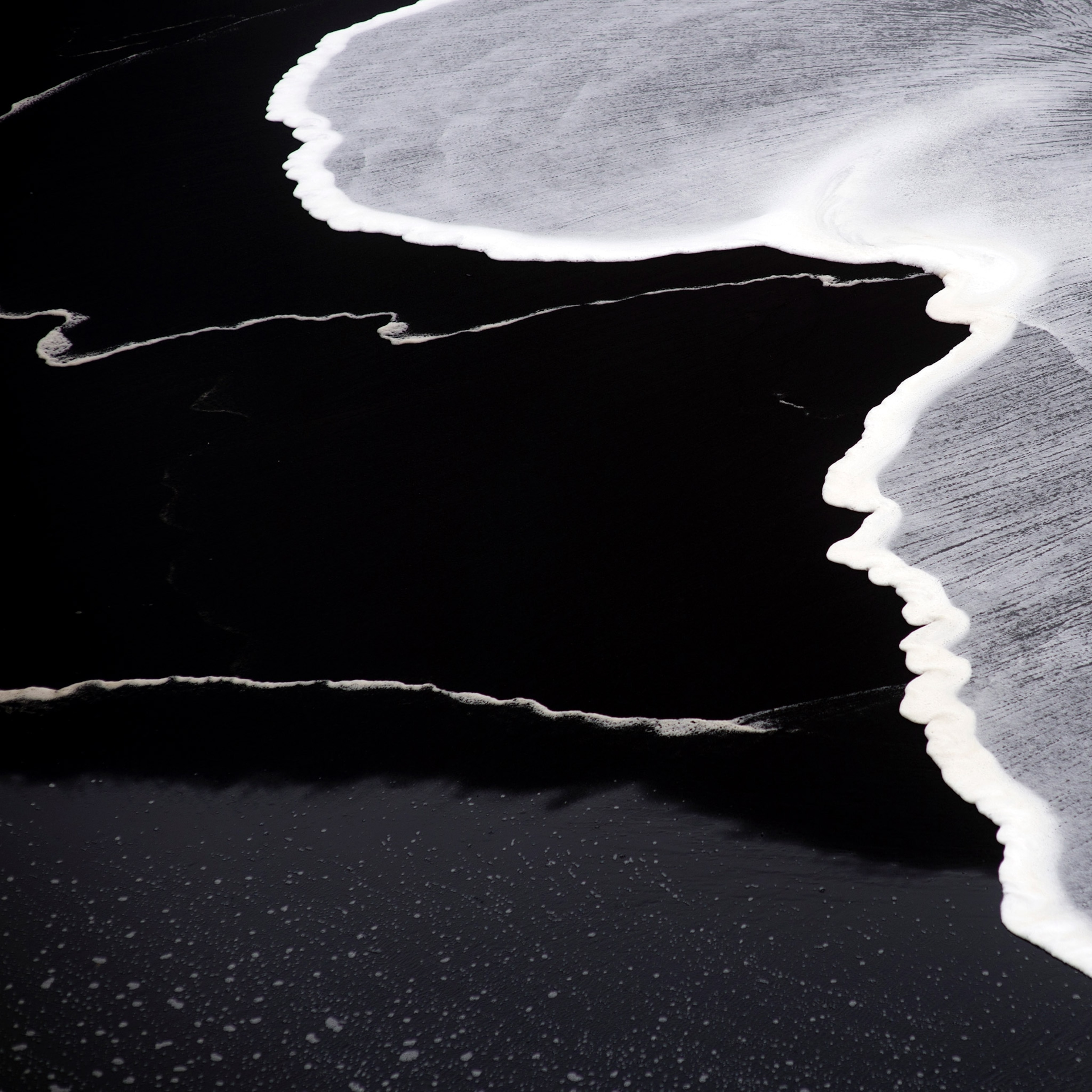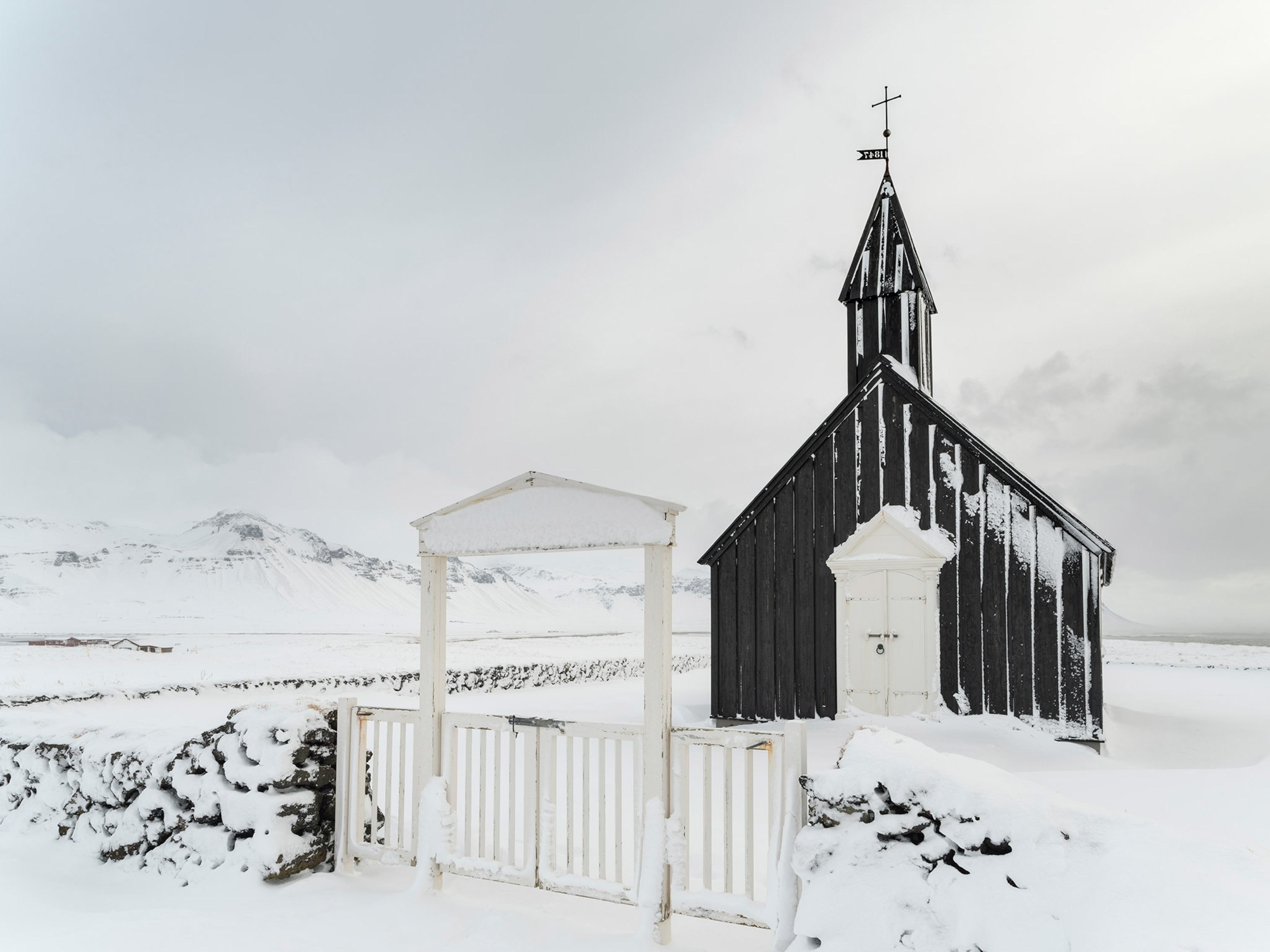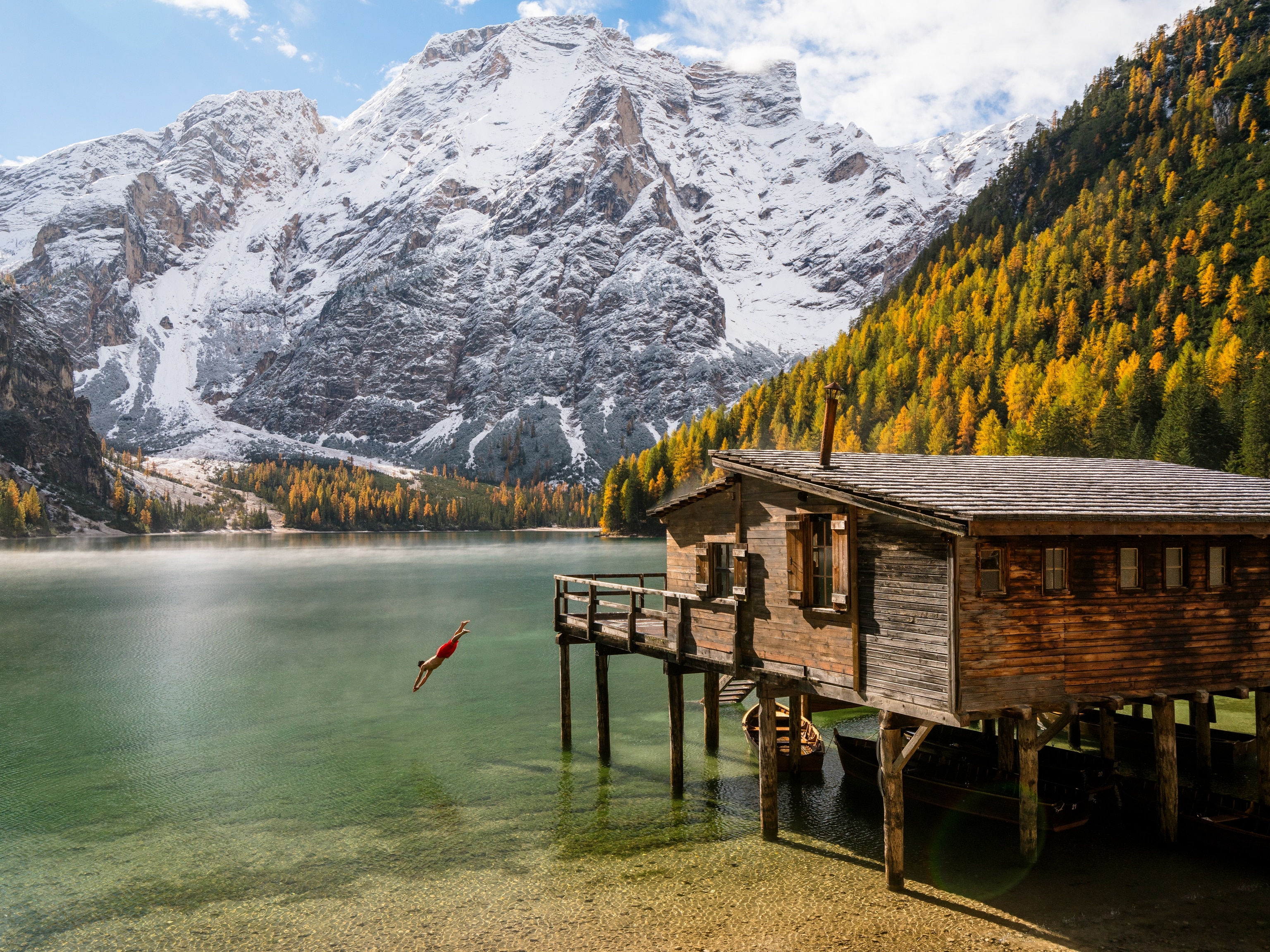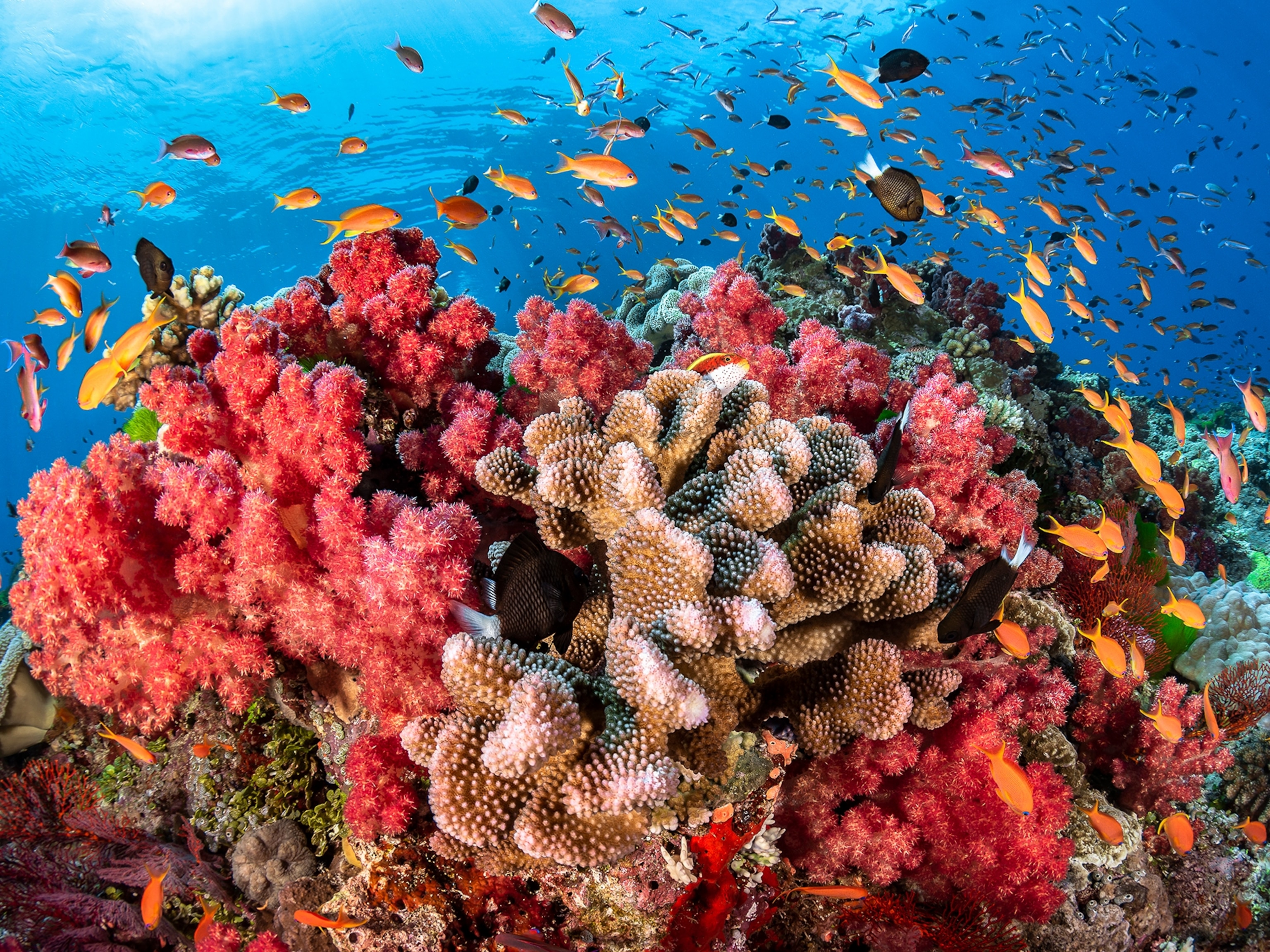
Visit 18 wild and beautiful Scandinavian islands
With epic landscapes, rolling fog, and more sheep than people, the Faroe Islands offer an adventurous escape.
Little changes on the Faroe Islands. This far-flung, self-governing archipelago, part of the Kingdom of Denmark, rises out of the Atlantic between Scotland, Norway, and Iceland, and prides itself on maintaining traditions. Just 18 small islands make up this nation; 18 lumps of volcanic rock cloaked in emerald green where rugged coastlines and soaring cliffs enclose hidden lakes, precipitous cliffs, and tight-knit communities.
The Faroe Islands may stand still in some ways, but in others, they soar ahead. In April 2019, the archipelago’s authorities declared 10 popular tourist sites “closed for maintenance” to all but voluntourists who received free accommodation and meals in exchange for their work creating walking paths, erecting signs, and constructing lookout points. Known for clever promotions, the innovative national tourism board also famously strapped cameras to the backs of sheep in 2017 to persuade Google to include their maps in Street View. It worked; after all, sheep here outnumber the local population. (Discover more small European villages off the map.)
Isolated, rugged, treeless and open to the elements, the Faroe Islands are a place of legendary beauty and local pride. Here’s how to plan your next adventure.
Must-see site
The Múlafossur Waterfall cascades off a cliff near Gásadalur, population 18. The tunnel to this remote village only opened in 2004—before that, access required a demanding hike over a mountain, which the postmaster managed three times a week. Look out for puffins while admiring the waterfall, then stop for home-cured fare at Cafe Fjorooy.
Best view
The trek up to Lake Sørvágsvatn is renowned, and for good reason: Paths are easy to follow and not too arduous. The iconic view at the end is both beautiful and mind-boggling—it delivers an optical illusion of the body of water hovering miraculously on a clifftop above the sea.
Island hopping
Catch the twice-daily ferry from Tórshavn to Nólsoy. The 20-minute journey heads from the tiny yet buzzing capital to a quirky island with few cars and plenty of characters. Stop for home-cooked food, local beer, and great G&Ts at Gimburlombini.
Hit the road
Hire a car and make your way across the islands—six of the 18 are accessible by road. Follow the signposted “buttercup routes” (named after the Faroese territorial flower) for scenic trails up and over the mountaintops. Gjógv and Saksun are the must-see villages. For those that don’t drive, join the hitchhikers (they’re a common sight) or catch one of the local buses (be warned: they’re fairly infrequent).
Buy local
Knitting remains a part of everyday life—you’ll find wool has its own aisle in the supermarket. Known as the “gold of the Faroes” in local proverbs, this wool once clothed the Danish army. More recently, the traditional sweaters made a recurring appearance in the hit Scandinoir drama The Killing. Buy one to take home at sustainable fashion designers Gudrun & Gudrun.
Faroese food finds
The archipalego’s green mindset helped the territory gain recognition as a pioneering member of the Nordic dining pack. From Michelin stars in hidden valleys and sushi spots in the city to traditional cooking in the homes of locals, the scale and range of cuisine on offer is impressive for such a small, remote place.
- For Michelin stars—Koks: The experience starts with an aperitif in a former smokehouse; next, a 4X4 takes you deeper into the valley before you settle into the cosy restaurant for the main event.
- For capital city dining—Skeiva Pakkhús: Tórshavn’s new restaurant serves up interesting plates such as pickled cod, brown butter, and pumpkin seeds.
- For local flavor—Heimablídni: This means “home hospitality’” in Faroese—think supper clubs with locals. Visit Harriet and John on Eysturoy Island for traditional Sunday lunches.
Go wild
Reika Adventures is a tiny operation taking travelers to the Faroes’ isolated corners. Try wild camping by the archipelago’s most remote lake, where you’ll fish for your dinner. If this isn’t fruitful, Reika’s Johannes Hansen offers up dried cod and locally brewed beers round the campfire.
- National Geographic Expeditions

